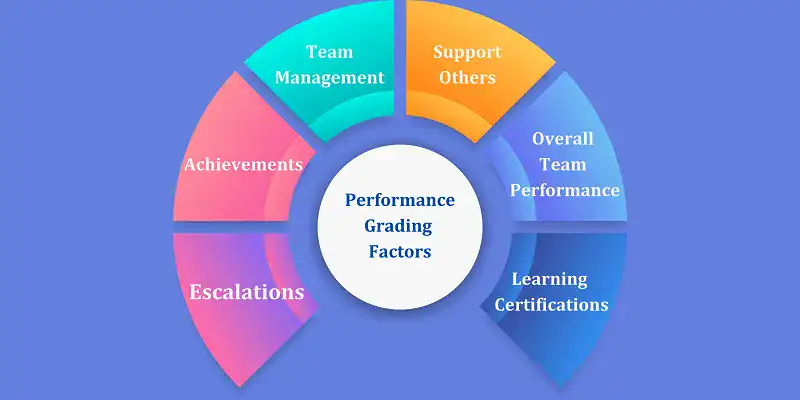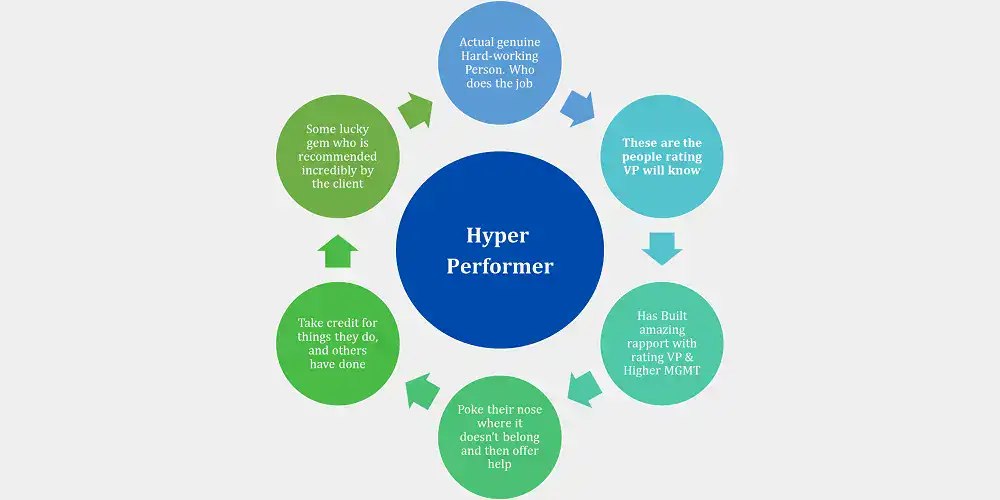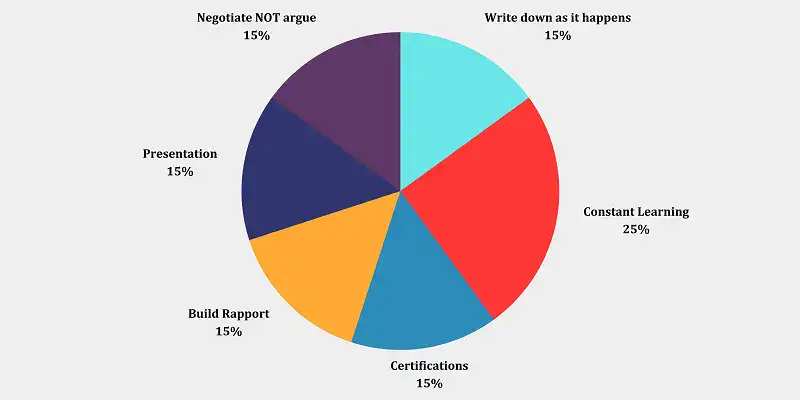
The Bell curve system is often explained by management as the standard rating system. It is arguably the most used grading system in matrix organisations.
Employees are told that grading is based on these wide parameters:

However, there are other hidden parameters which are not informed or assumed to be understood. They are:

These parameters may or may not affect individual performance and most of the times they are above the individual’s performers level. Often employees are left wondering, surprised and shocking when ratings are announced. Leaders, Managers, Directors & VP’s often point employees to the bell curve and almost always the explanation will be that everyone cannot get the best rating. Honestly, it simply means that whoever is conveying you has not decided your rating, it is mostly decided by someone up top who has no idea what you are doing. For example, an IT engineer rating is given by the IT Vice President. The VP may not even know who the person is, yet he will grade him/ her as per the curve. This is a vicious paradox for Engineers, Project Managers, Service Delivery Managers, Team leaders and Client Delivery Managers and many more in every industry.
I would like to explain this concept. Let’s dive in.

By Josh Bersin
Above diagram is an eccentric graphical interpretation by author Josh Bersin. Performers are divided into 3 parts.
1) Hyper performers – Those who go beyond 9 hours and prove their knowledge and determination to make the difference.
2) Average performers – These guys give the organisation what they are paying. Value for money in most cases and under value in some.
3) Lower Performers – These people have either accepted the wrong job or have no interest in learning the skills required for the job or their luck always throws them in to the fiery pit.
In a nutshell. If the VP is rating 10 employees. Hyper performers will be max 2, Average performers will be 5-6 and lower performers will be 1-2. Do keep in mind that the person who is rating may not even know who these people are or what is their value to the organisation.
So, how are these hyper performers identified?

Everyone who cannot do above 5 will fall down the pecking order and settle into Average performers.
Lower performers are a set of gems who are easier to pick due to their wrong publicity.
This is how you can help yourself to climb the corporate ladder or jump ship.

1) Write down as it happens – Keep track of your issues, resolution, escalations, team contributions, achievements in an excel, one note, word or somewhere.
a. This is the MOST important thing. You WILL forget what happened in April and how you saved the day while answering for it in next year’s March.
2) Constant learning – Make time for learning at least 4 hours a week. Enhance your skill set to better do your job. Take those courses on the company portal, LinkedIn learning, udemy.com wherever you find.
3) Certifications – Ideal would be 2 certifications every year. Align your learning to your certifications so that you can hit 2 birds with 1 stone.
4) Build Rapport – Rapport building is the most important skill today. Who knows you matters more than what you do? Your ratings are indirectly depending on it.
5) Presentation – Prepare a presentation for performance appraisal discussion. Your manager/director/ HRBP will be ready with their points and grill you if you are not prepared.
6) Negotiate NOT argue – In the appraisal discussion you will notice that small issues & concerns are discussed as if they will affect your abilities. It is highly recommended to negotiate from your position, if the other side is still not convinced, willing to listen or refuses to accept your points then stop. It is because changing the ratings may not be possible. Accept the rating in such scenario and prepare to leave the company.
Love your job, not your company. Trust yourself to find the next opportunity where you will be valued as per your belief.



